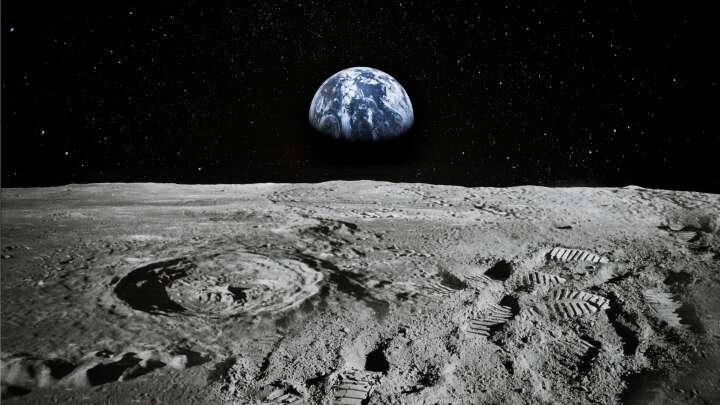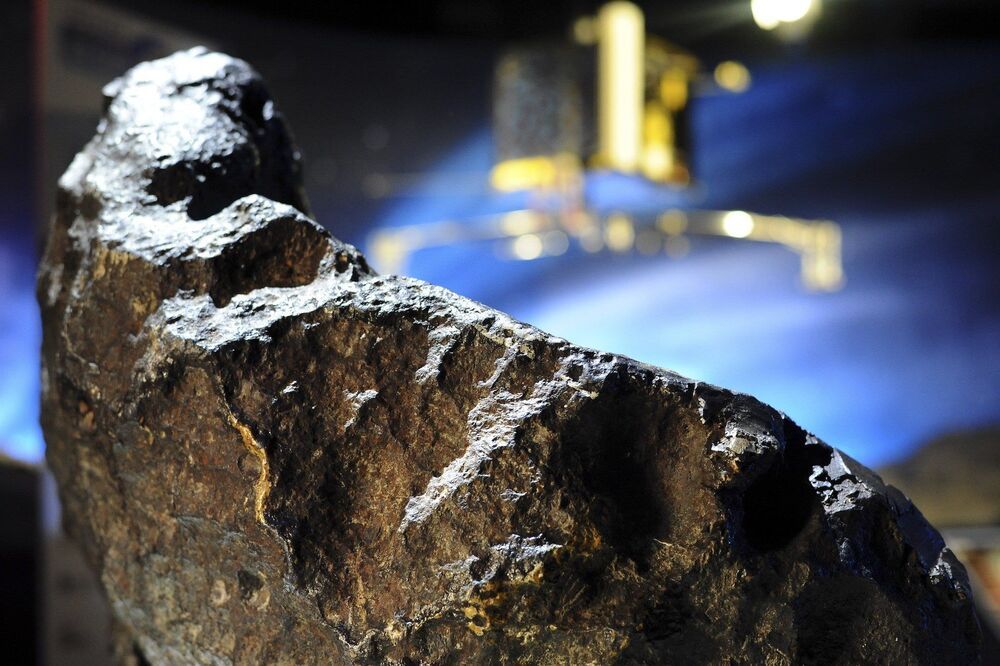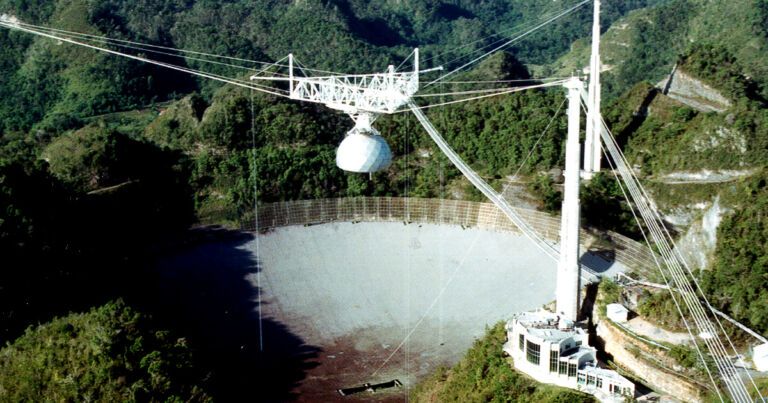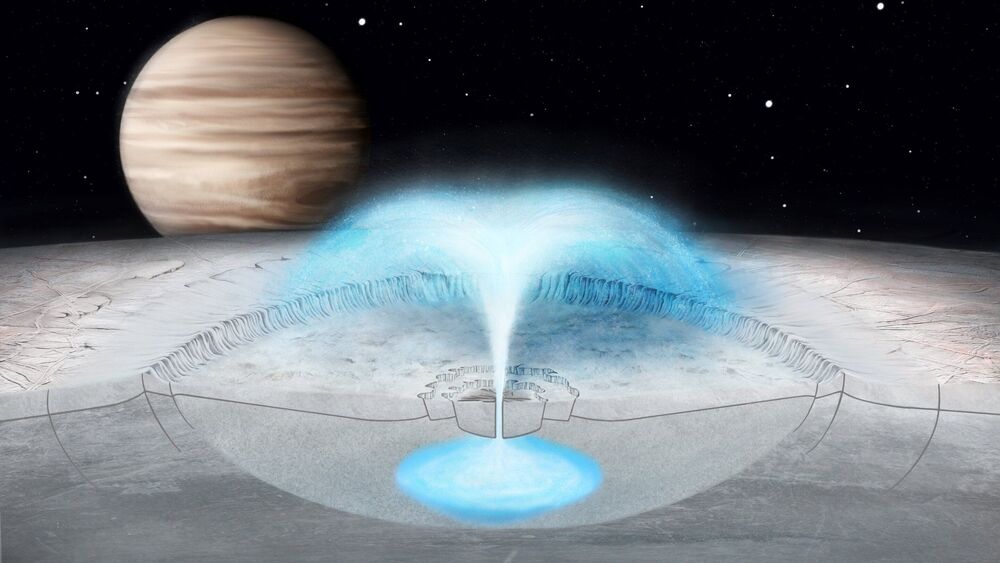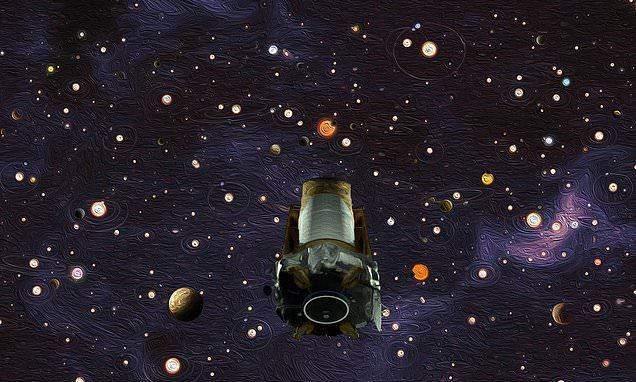Where to search for life on Mars: look for subsurface water-containing clay like smectite.
Category: alien life – Page 91
Just amazing!
A small fraction of the cremated remains of 61 people will be flown to the Moon next July as part of the payload delivered by Astrobotic’s Peregrine Mission One lander. The payload is offered by Celestis, a company that provides memorial spaceflights. This particular one has intrigued people because among the many deceased whose ashes will be taken to the moon, there are the remains of science writer and futurist Arthur C. Clarke.
Clarke is known to most people for being the author of 2001 – A Space Odyssey, a book in which an ancient alien civilization left one of its peculiar monoliths on the Moon. In the novel, this monolith is found in Tycho crater, but that is not where the Peregrine mission is landing. More aptly, the Astrobotic mission will land in a basaltic lava plain known as Lacus Mortis: the lake of death.
Lunar memorials started with the 1998 flight of the remains of Dr Eugene Shoemaker, who among his many accomplishments was the discoverer of Comet Shoemaker-Levy 9 with his wife Dr Carolyn Shoemaker and David H. Levy. The comet is famous for hitting Jupiter in 1994. The Shoemakers were in a car-crash in 1997 that was fatal for Eugene.
Alien Worlds
Posted in alien life
Applying the laws of life on Earth to the rest of the galaxy, a new series blends science fact and fiction to imagine alien life on other planets.
“Astronomers think it’s only a matter of time before some alien life forms are discovered,” says the narrator of Alien Worlds, which debuts exclusively on Netflix from 2nd December 2020.
But what might it look like, and how similar would it be to the animals and plants we are familiar with? The new show will attempt to answer that question as it features a dizzying variety of crawling, slithering, flying and swimming creatures depicted in gorgeous, high-quality CGI.
It’s a sad day. The observatory has not only been used to observe radio wave signals in deep space. It’s also become an iconic landmark over the decades after being featured in countless films and TV shows including the 1995 James Bond blockbuster “GoldenEye.”
The observatory has also made significant contributions to the Search for Extraterrestrial Intelligence (SETI), spotting mysterious radio signals emanating from distant corners of the universe.
“This decision is not an easy one for NSF to make, but safety of people is our number one priority,” Sean Jones, the assistant director for the mathematical and physical sciences directorate at NSF, told reporters today over a conference call, as quoted by The Verge.
Leave it to Elon Musk to think of putting life on other planets before we’ve even gone back to the moon.
Musk said the capability of SpaceX’s Starship rockets is “designed to make life multiplanetary,” before eventually building a city on Mars.
Interesting.
The building blocks of life can form even before there are stars or planets, a team of researchers have found in a study.
The new research looked at “dark chemistry”, or the ways that new kinds of materials can form without energetic radiation.
They were able to simulate the conditions that govern chemistry in space, before the stars and planets that today surround us are formed, and there are instead dense interstellar clouds that will eventually go on to form those more solid objects.
The cause of the crashes remain unclear. The Arecibo Observatory was built in the 1960s and has been in used for decades to search for extraterrestrial civilizations. Experts are worried cables could corrode further as they age.
The radio telescope, among the world’s largest single-dish radio telescopes, is now in a sorry state — and at risk of total collapse.
“For me, it’s probably fifty-fifty,” former observatory director Michael Nolan from the University of Arizona told National Geographic. “They are doing what can be done. I’m still really worried that they can’t do enough.”
On Jupiter’s icy moon Europa, powerful eruptions may spew into space, raising questions among hopeful astrobiologists on Earth: What would blast out from miles-high plumes? Could they contain signs of extraterrestrial life? And where in Europa would they originate? A new explanation now points to a source closer to the frozen surface than might be expected.
Rather than originating from deep within Europa’s oceans, some eruptions may originate from water pockets embedded in the icy shell itself, according to new evidence from researchers at Stanford University, the University of Arizona, the University of Texas and NASA’s Jet Propulsion Laboratory.
Using images collected by the NASA spacecraft Galileo, the researchers developed a model to explain how a combination of freezing and pressurization could lead to a cryovolcanic eruption, or a burst of water. The results, published Nov. 10 in Geophysical Research Letters, have implications for the habitability of Europa’s underlying ocean—and may explain eruptions on other icy bodies in the solar system.
There are around 300 million planets that exist outside our Solar System but within the Milky Way which could potentially harbour life. According to research from NASA, four of them are within just 30 light-years from Earth, with the closest just 20 light-years away, NASA claims.
They went in search of the Holy grail of astronomical research, scouring for the ‘Goldilock’s Zone’ where life may thrive.
One prerequisite of this is for the star to resemble the Sun, so the researchers looked for distant stars that resemble it in age and temperature.
But there’s some bad news: Proxima Centauri tends to bombard any planets in its vicinity with a ferocious amount of X rays — Proxima b receives about 400 times the amount as Earth receives from its Sun.
That leads to the question: “Is there an atmosphere that protects the planet from these deadly rays?” asked co-author Christophe Lovis, a researcher who worked on ESPRESSO, in the statement. Lovis hopes that the next generation of spectrographs — ESPRESSO’s successor, “RISTRETTO,” is already in the works — could help us find the answer.
For us to get a closer look at Proxima b however, Proxima Centauri is “only” 4.2 light-years from the Sun — meaning it would still take several thousand years to get there using today’s propulsion technology.

